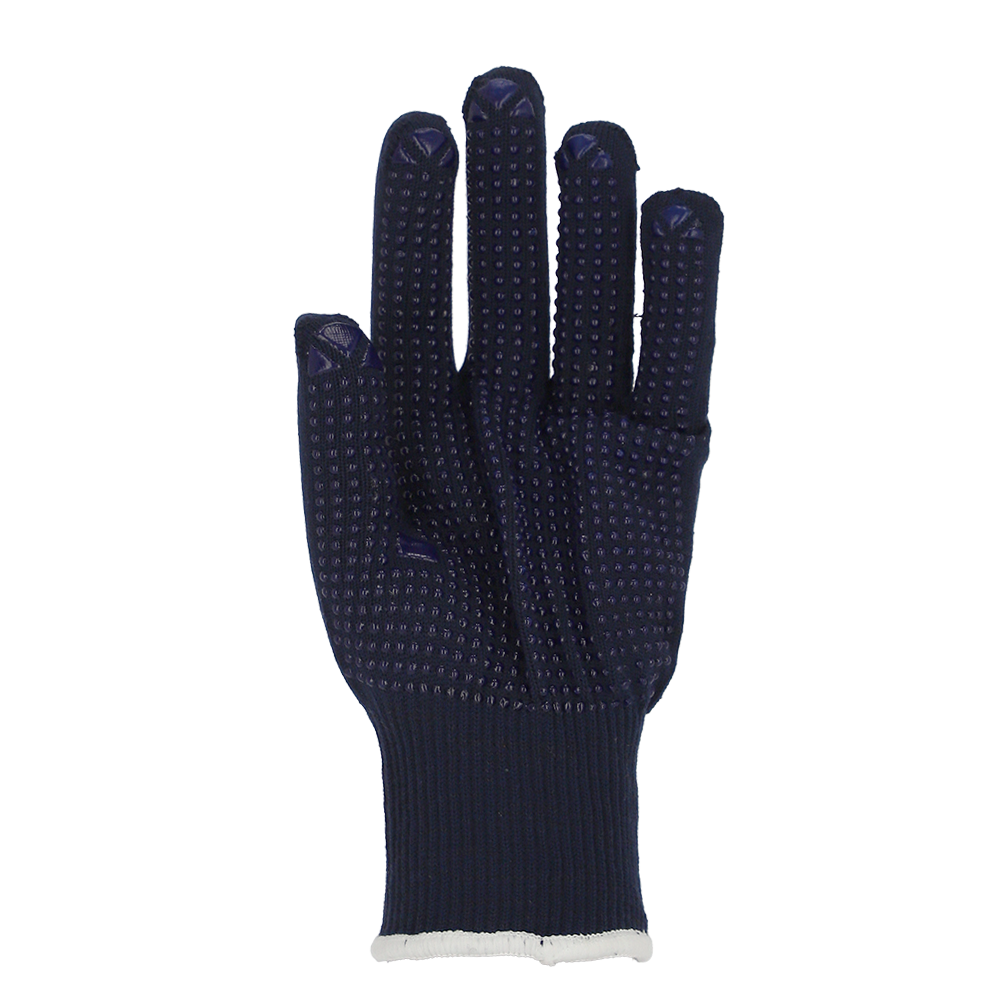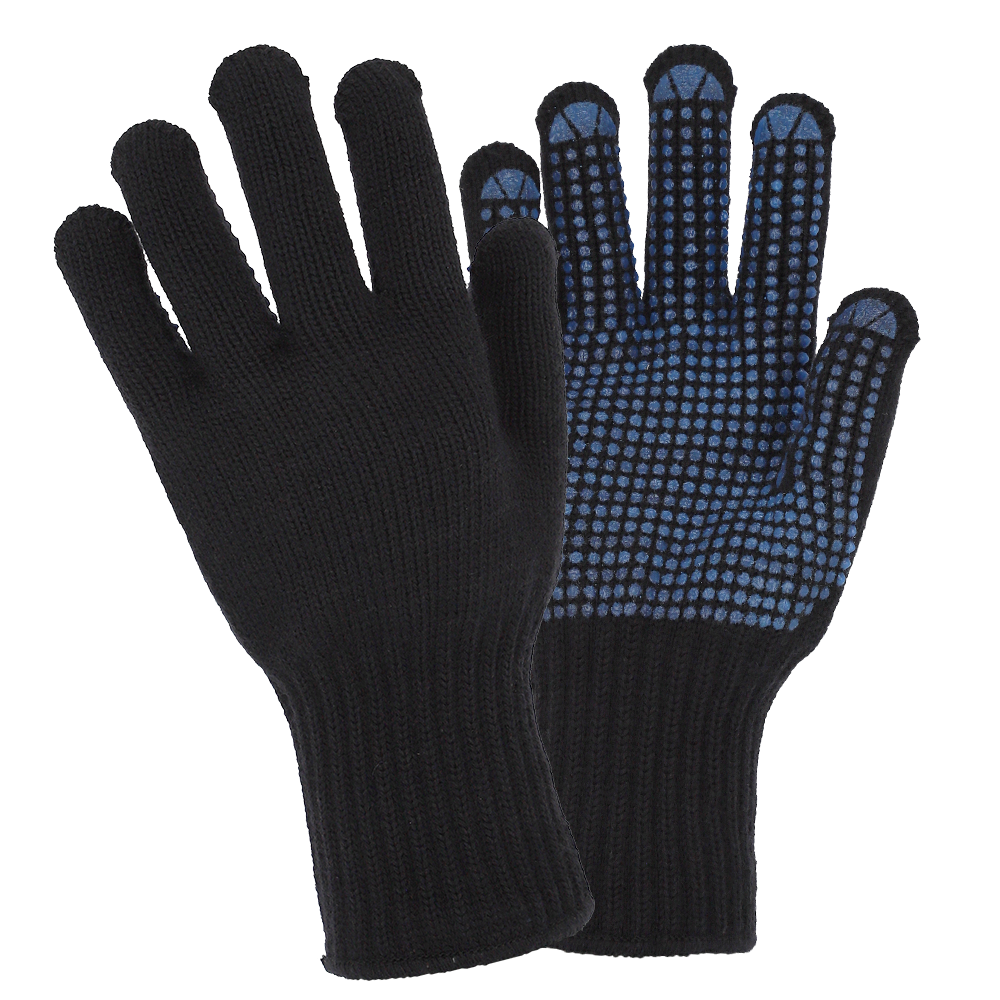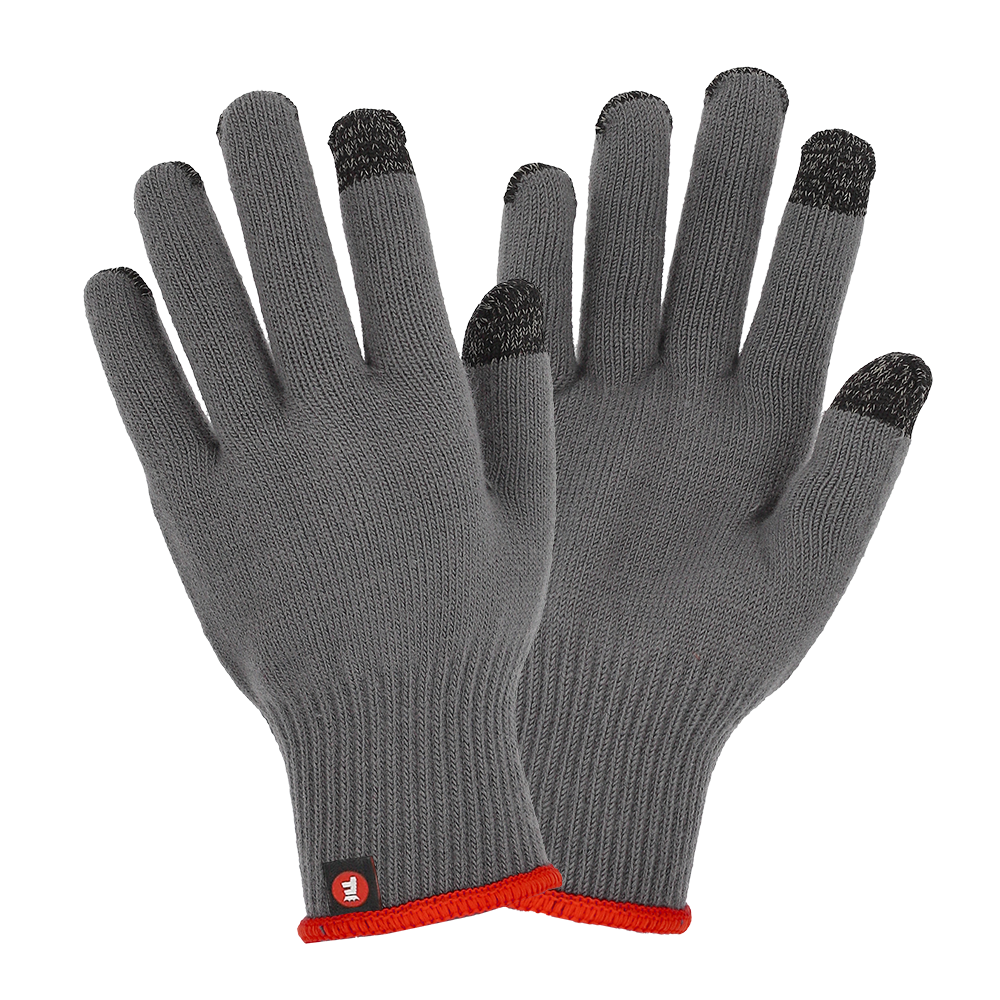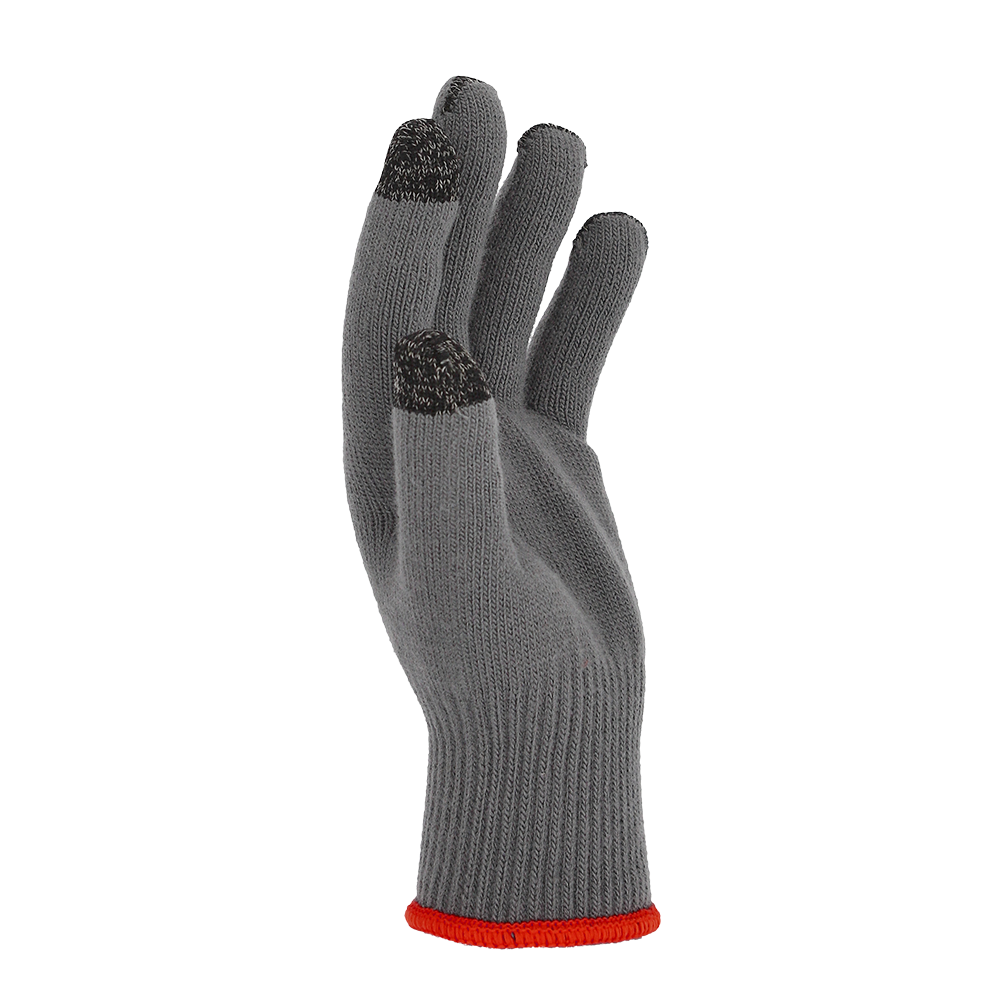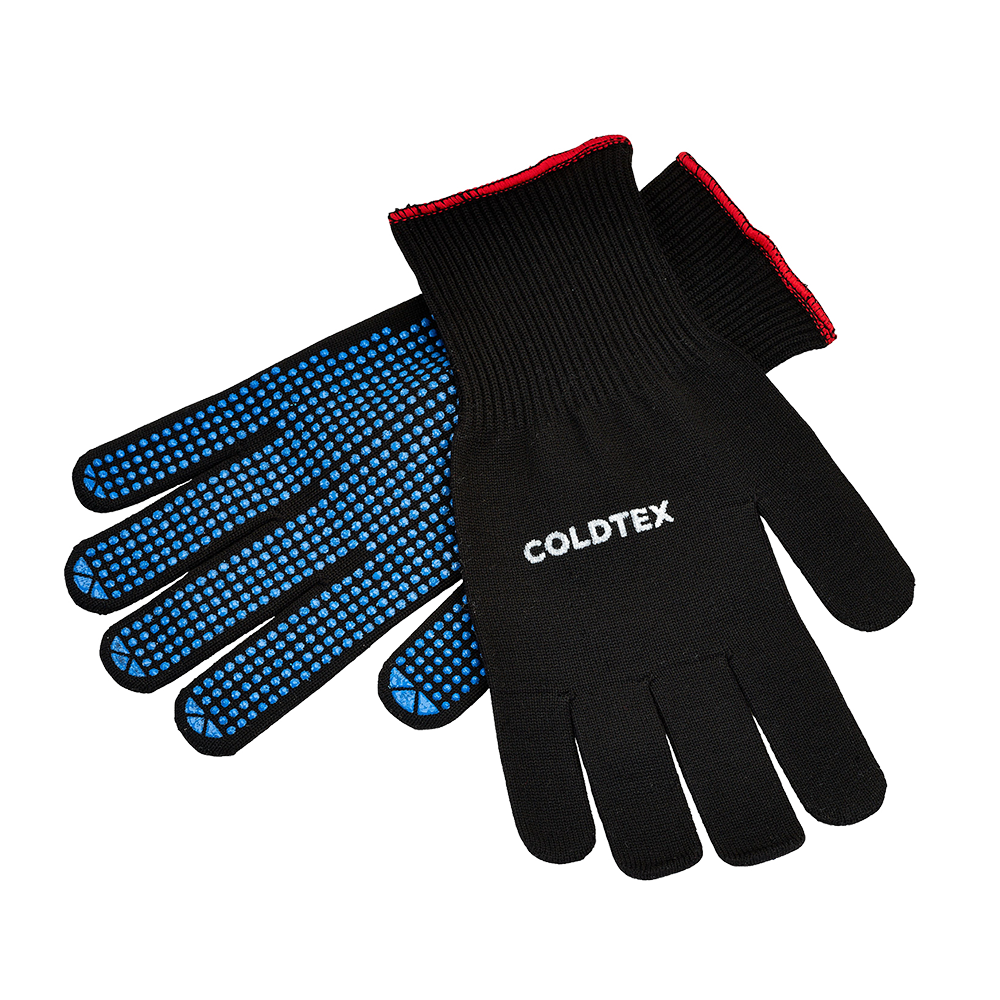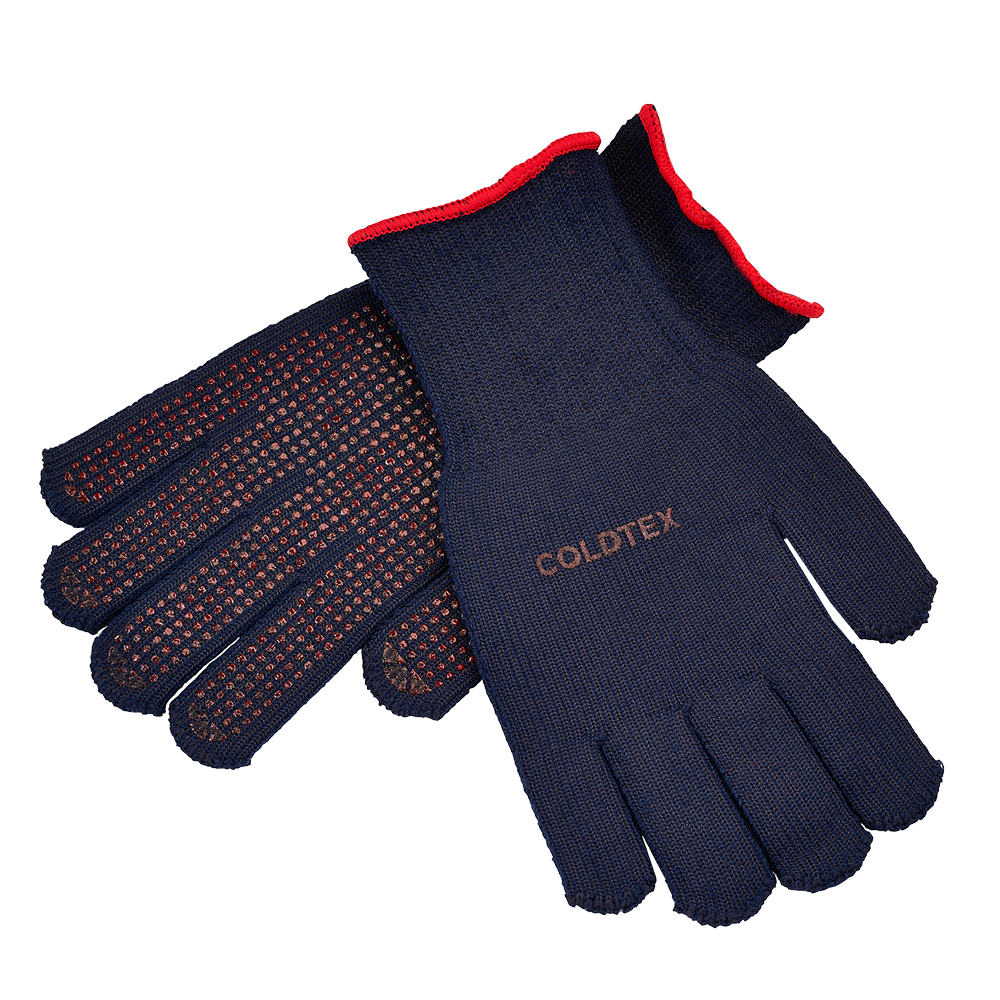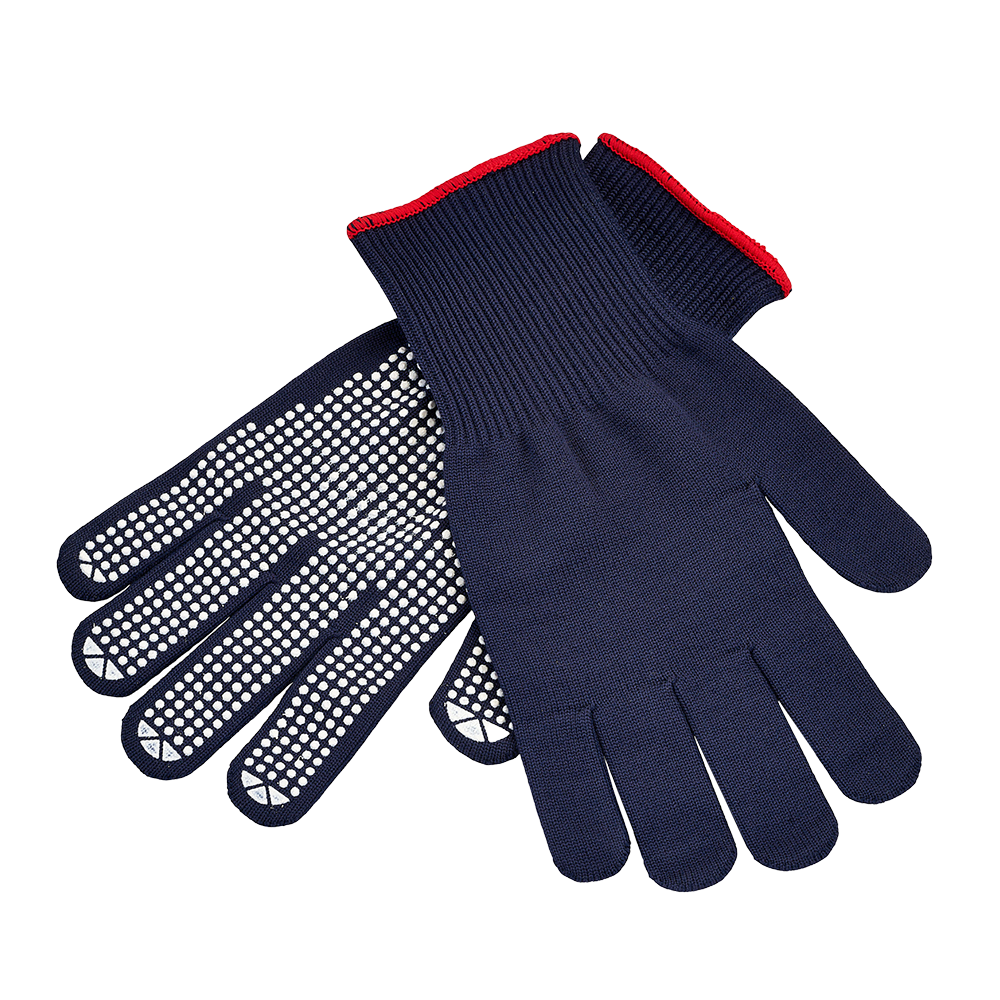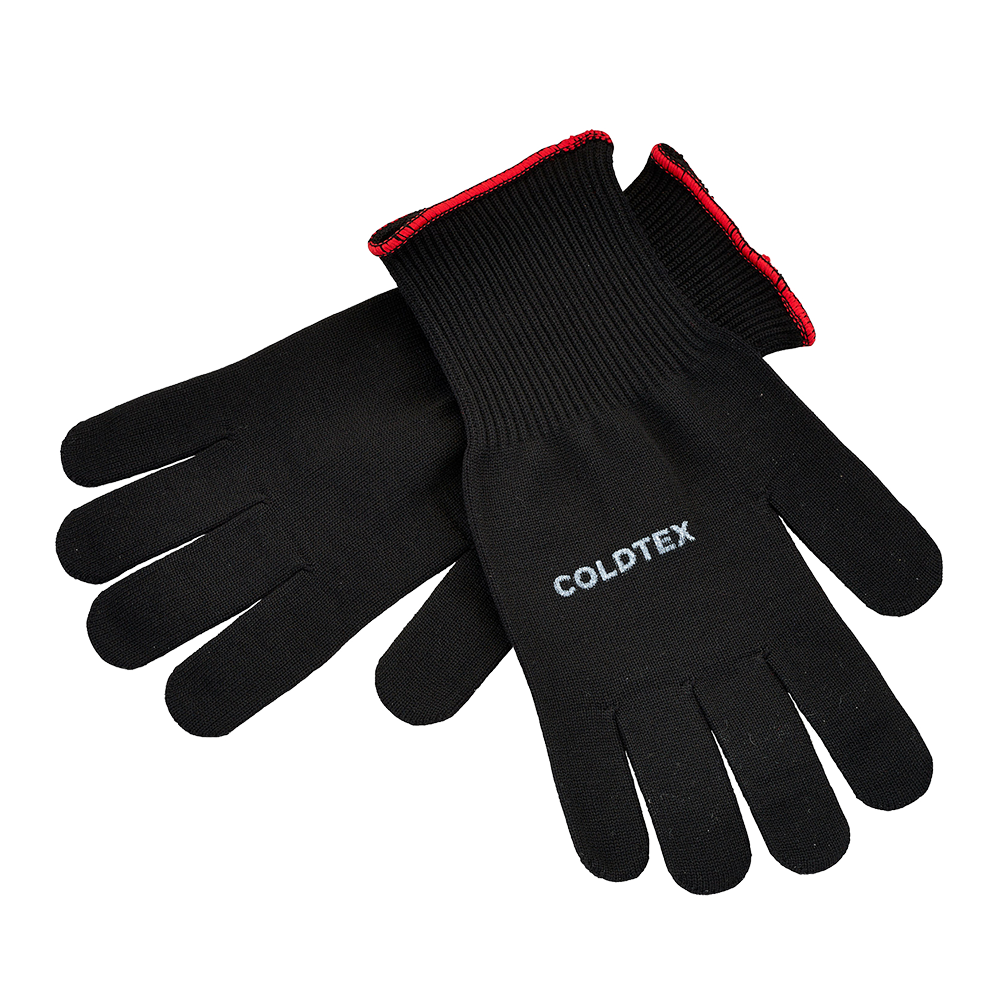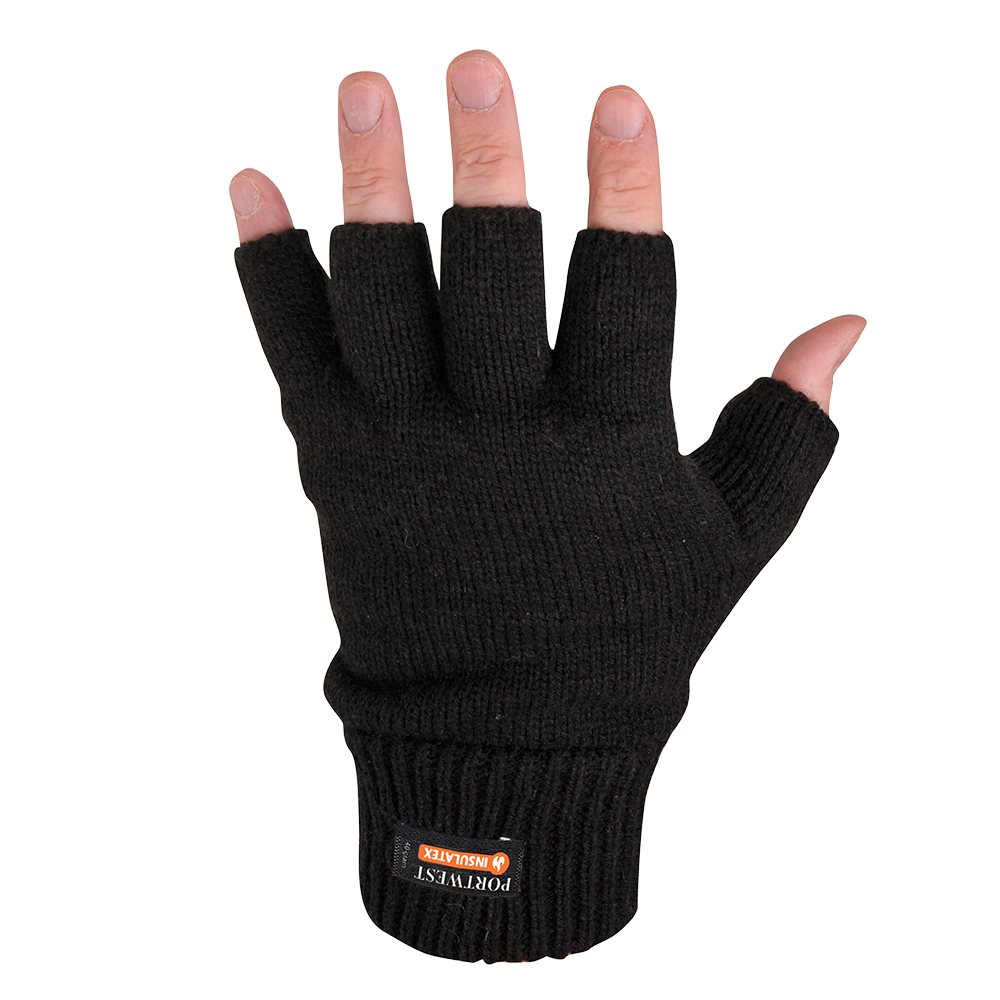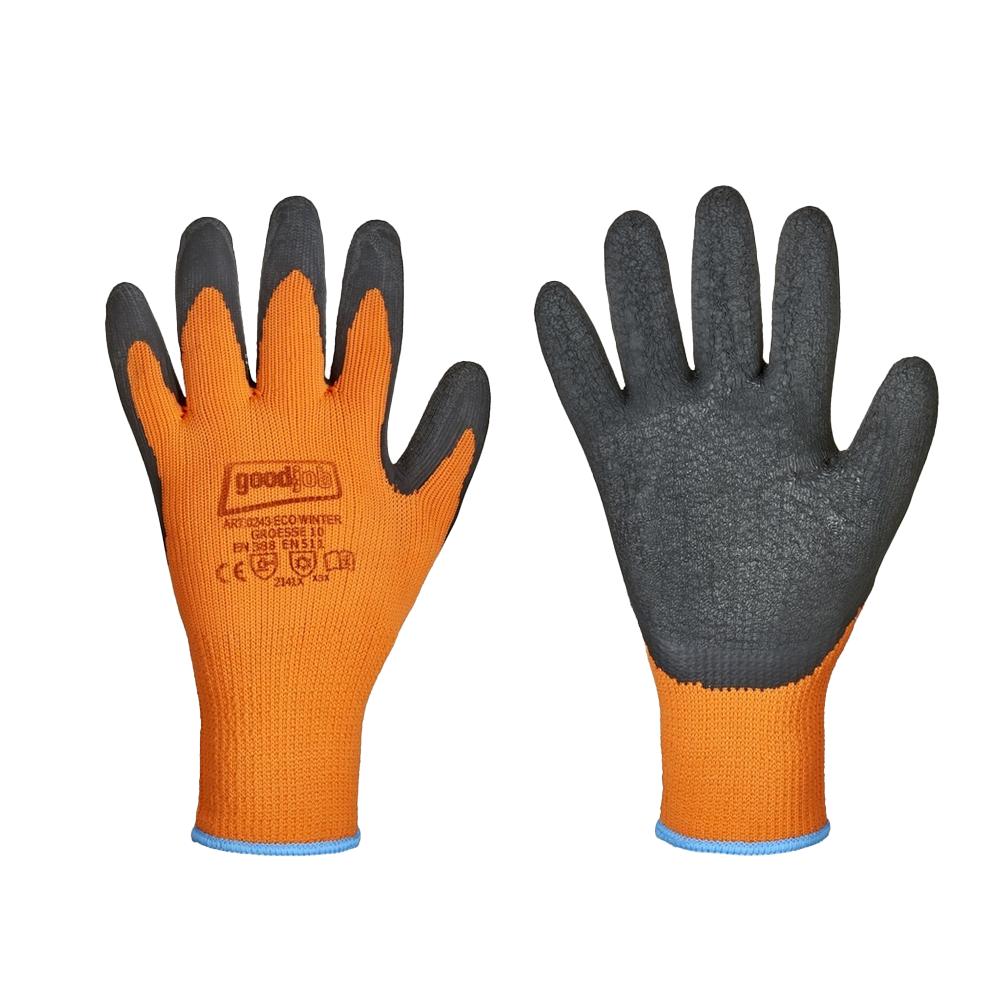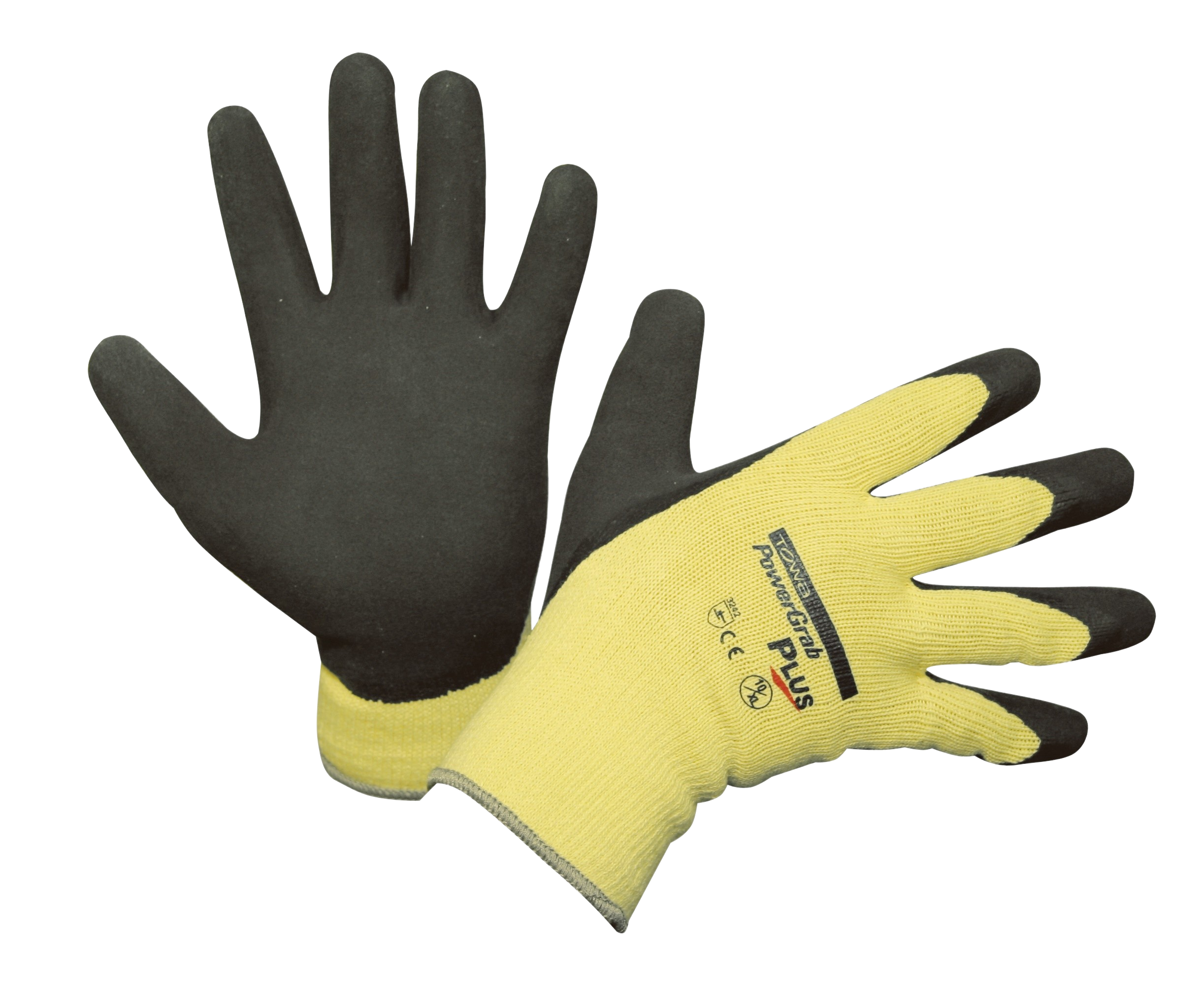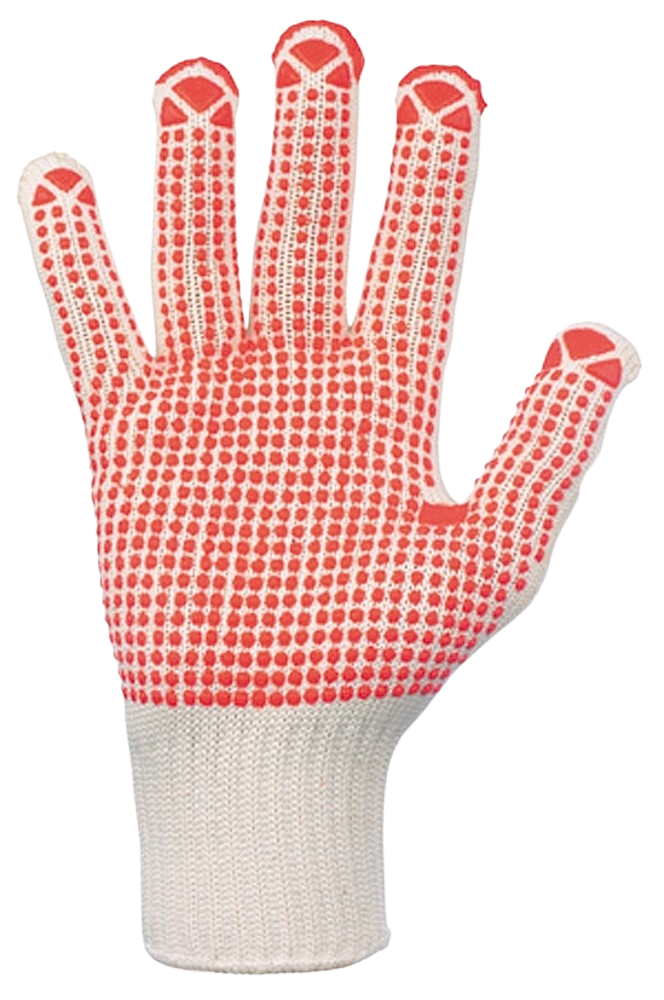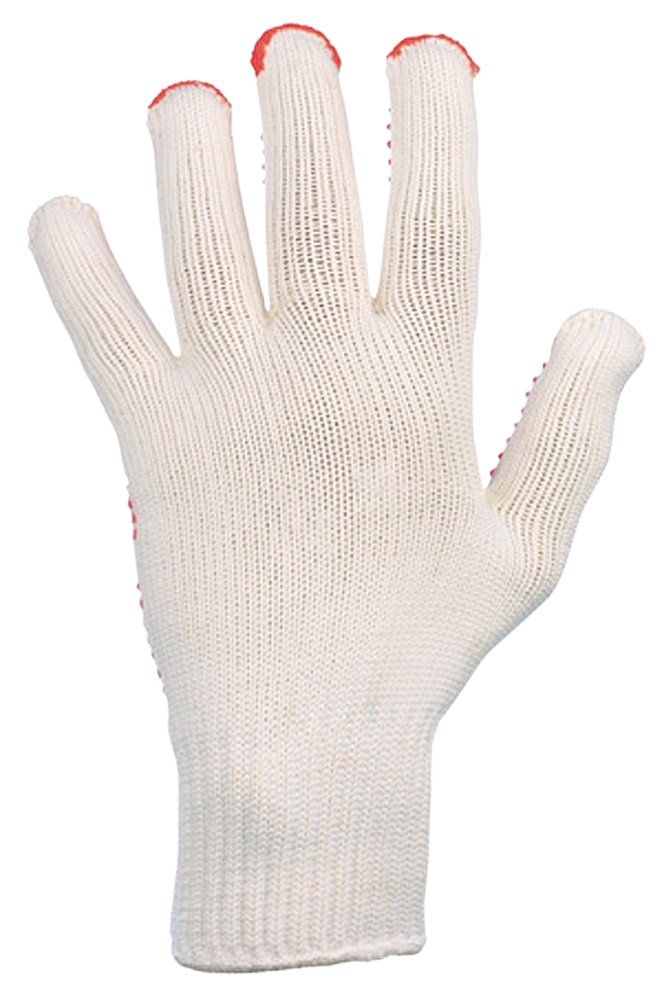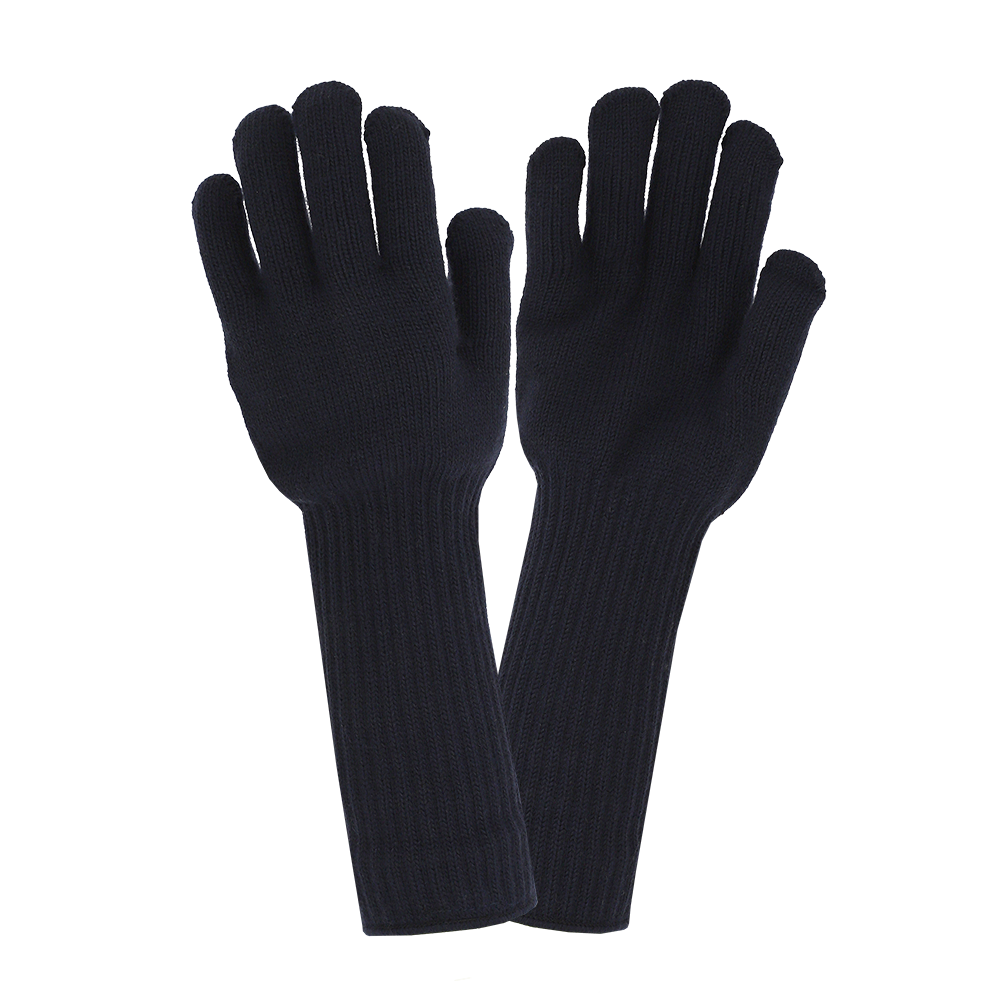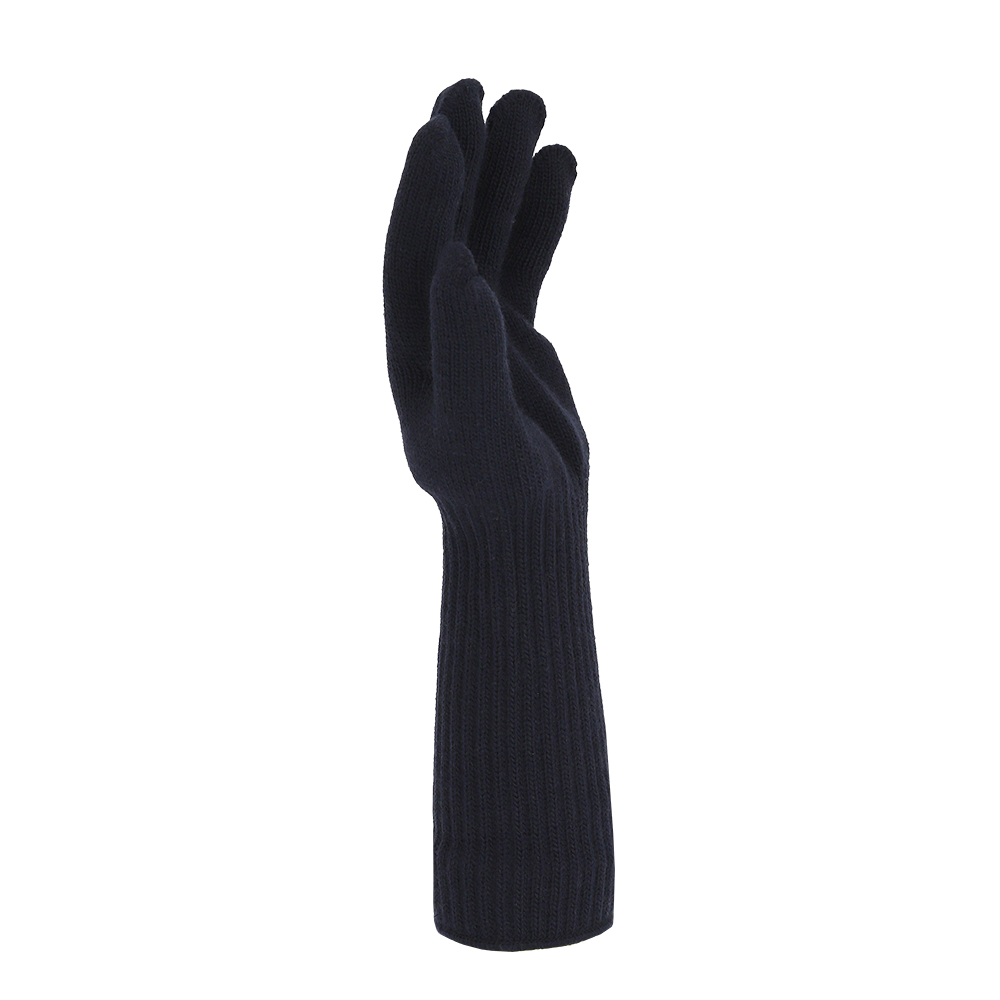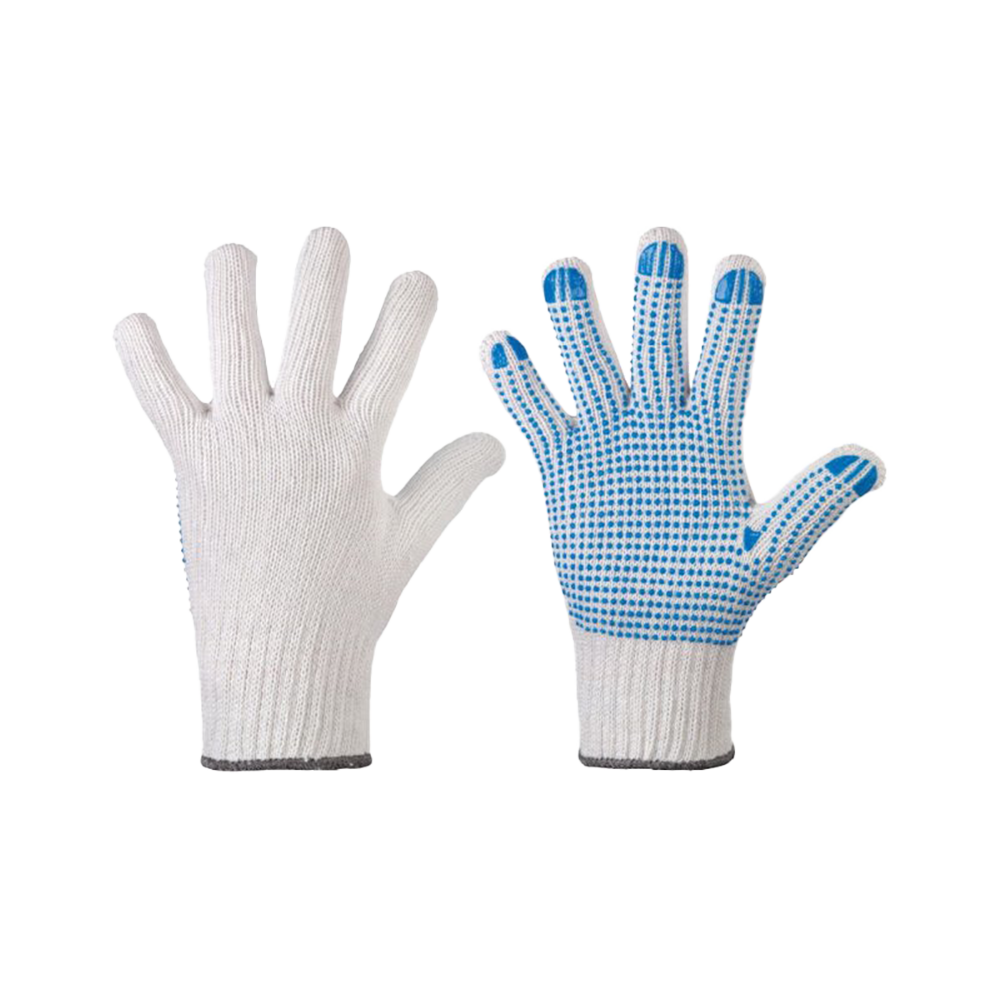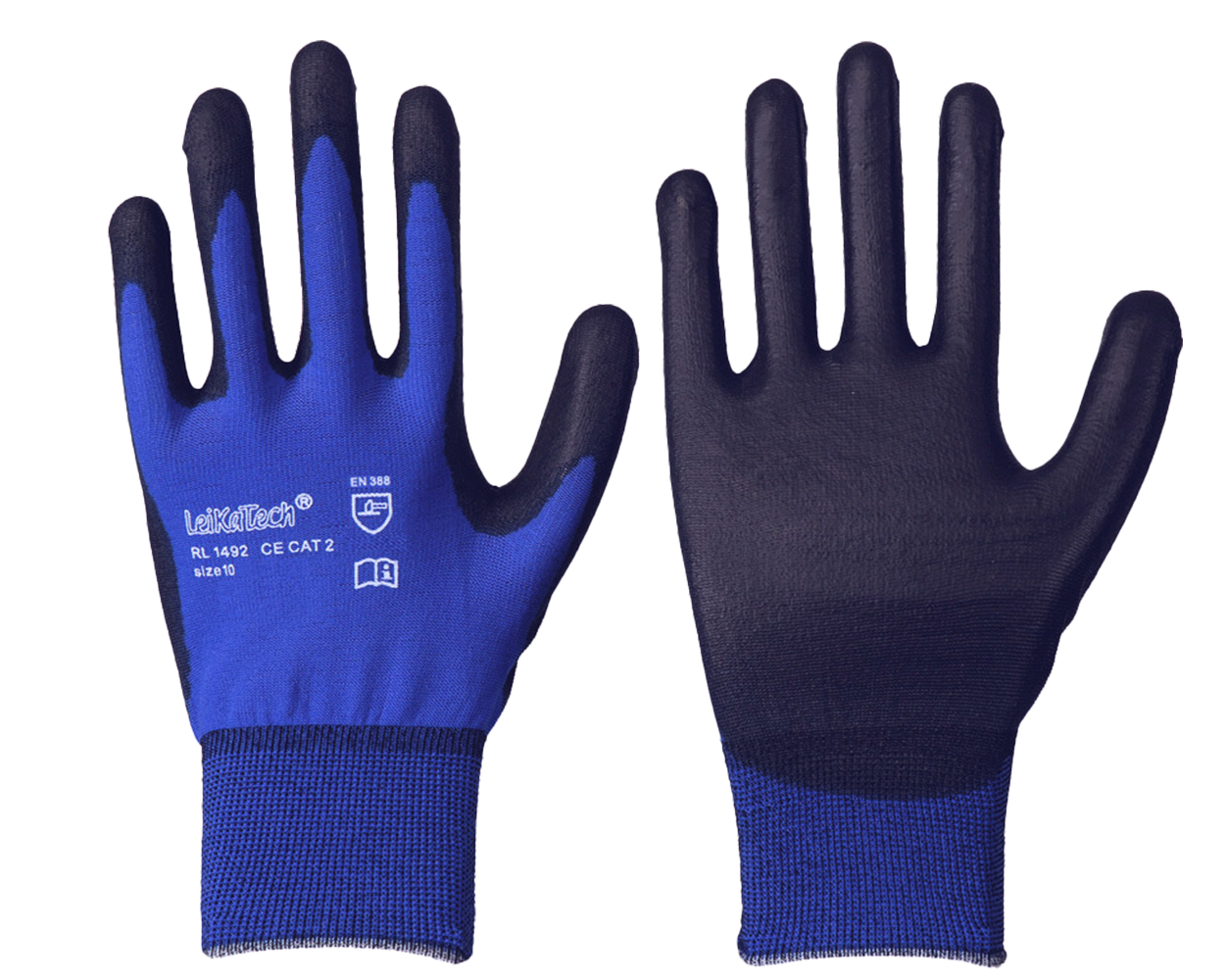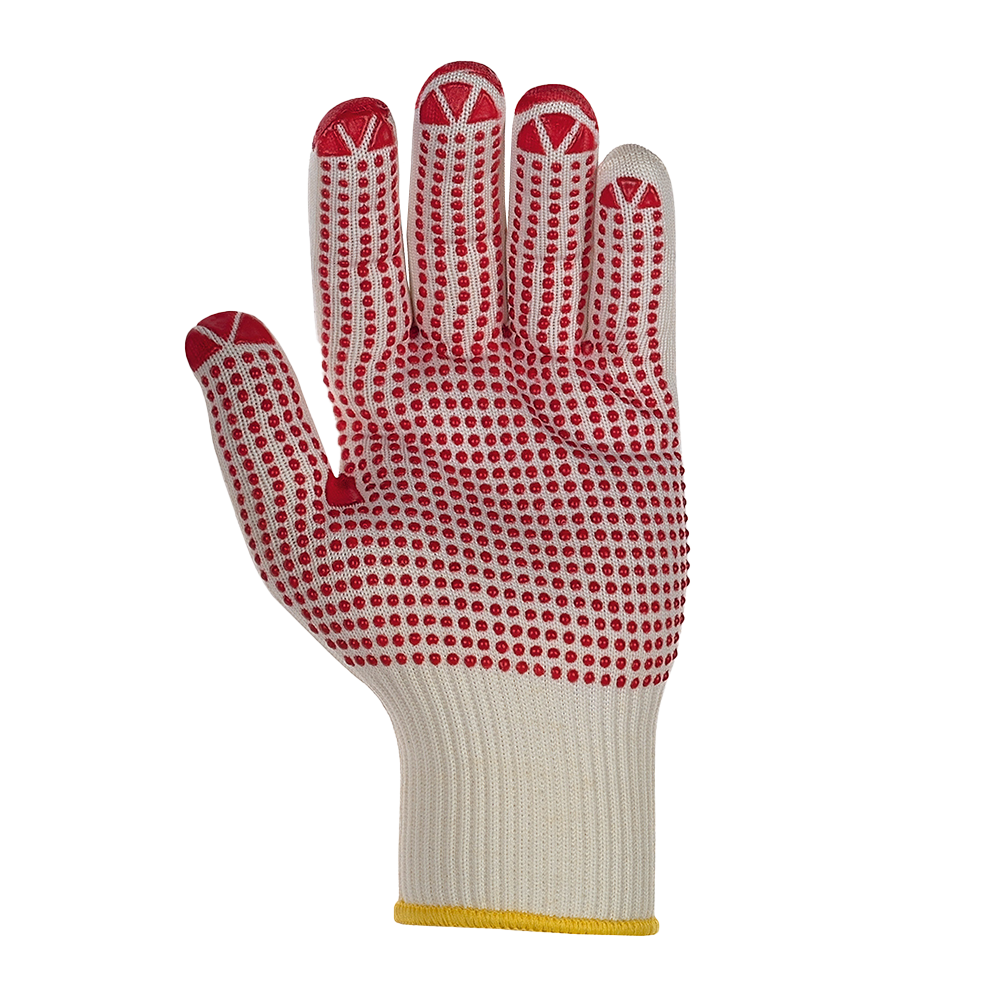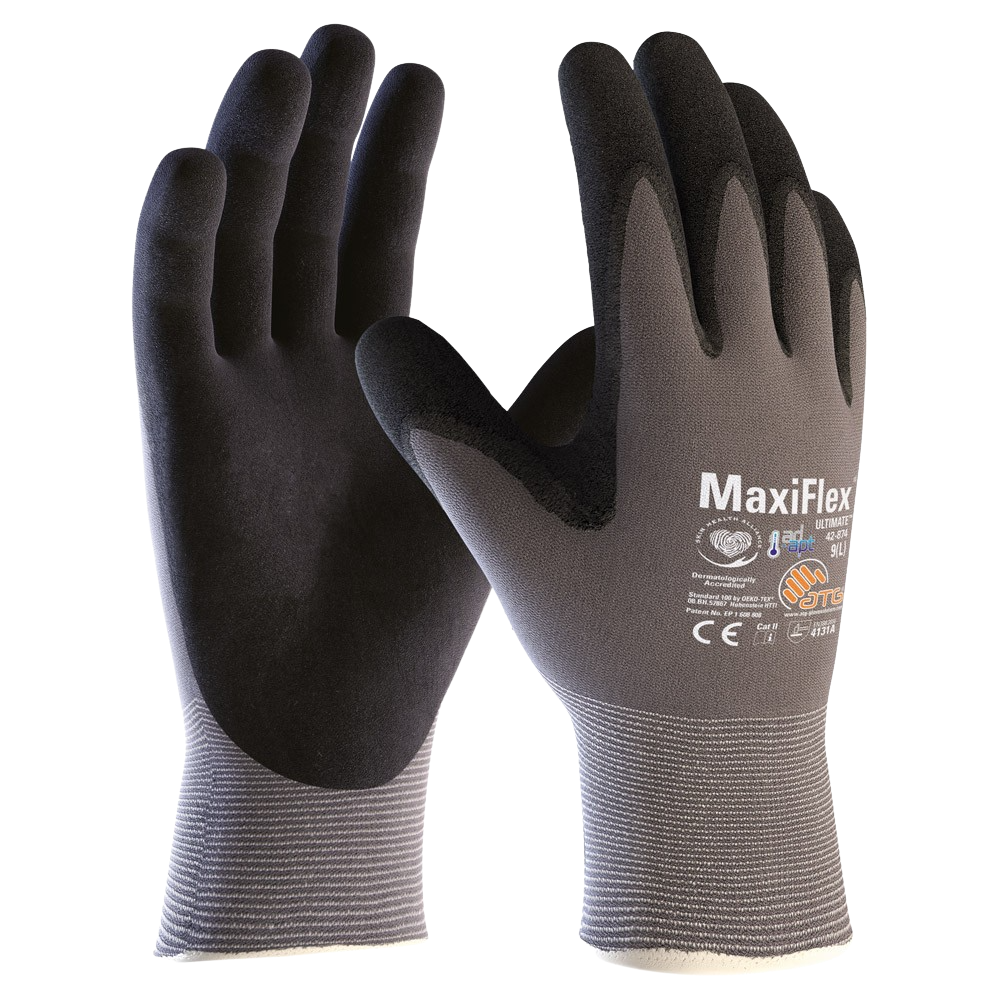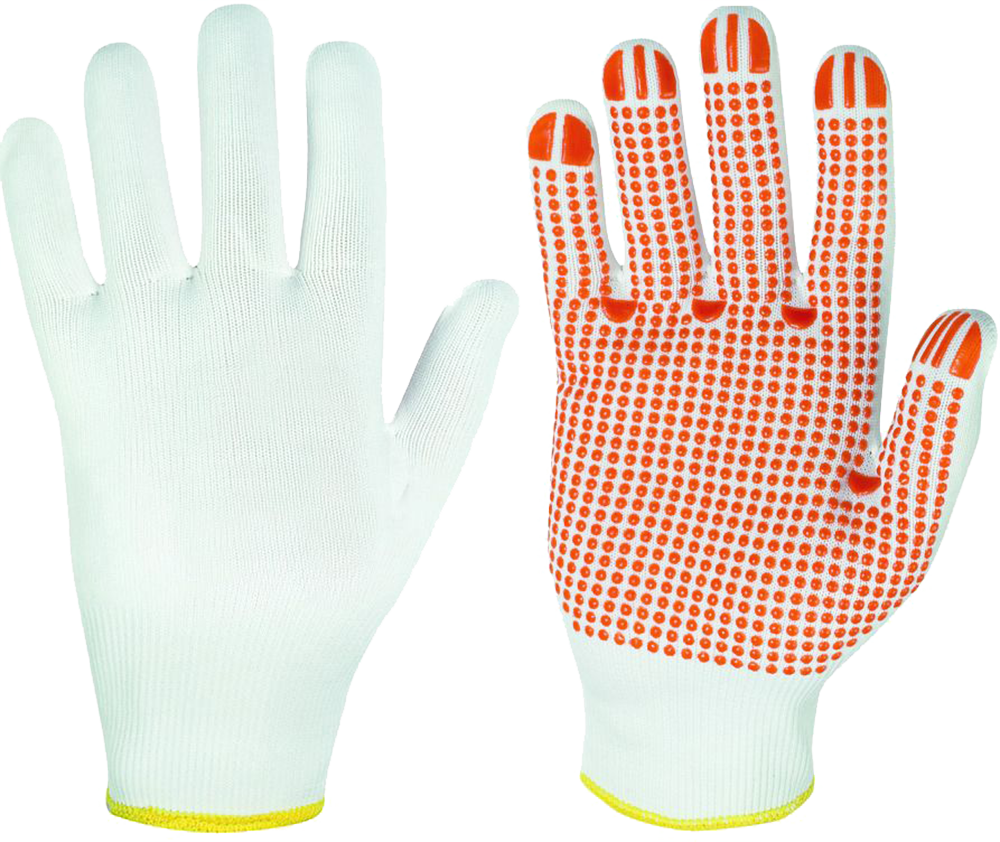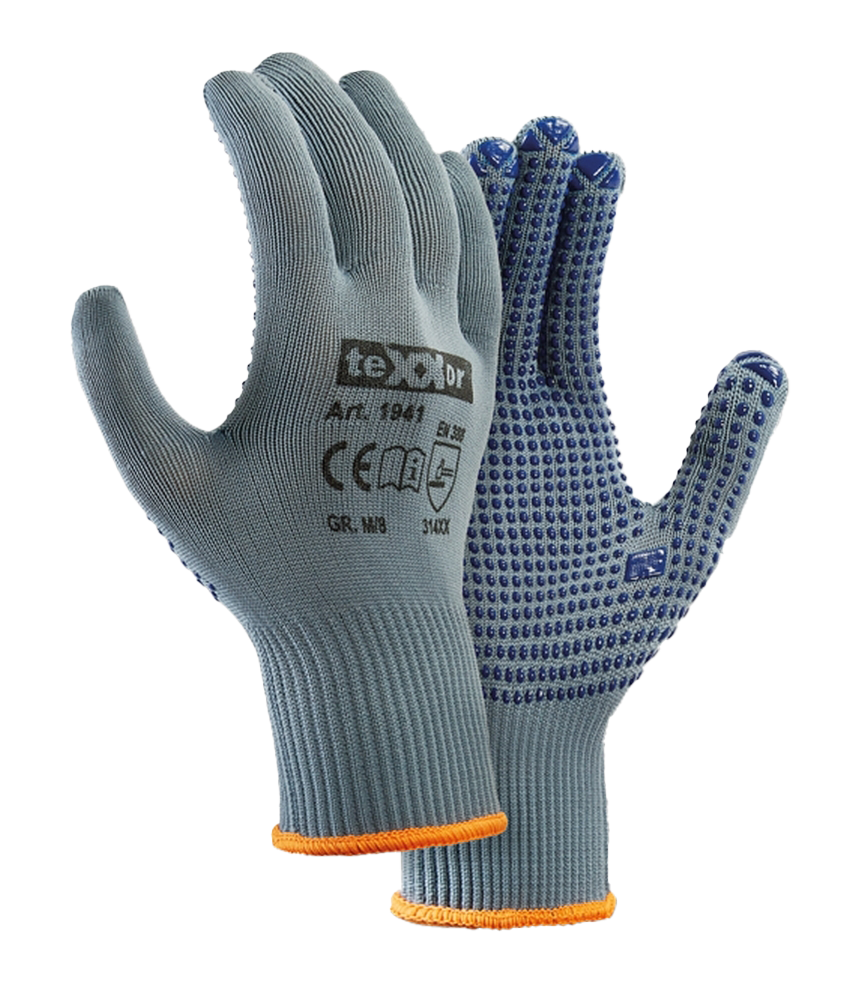Our Fine Knit Gloves: The All-Rounder for Optimum Handling.
Designed with precision and attention to detail, these gloves offer a snug fit and excellent dexterity for various tasks. Find the ideal pair for your needs.








Get a Grip with Our Fine Knit Gloves.
Perfect fit, high mobility, and protection for various tasks. Our fine knit gloves are the ideal partner for your needs, increasing your productivity. Learn more about our fine knit and knit gloves.
For which tasks should gloves be worn?
Wearing fine knit and knit gloves, also known as fresh gloves, is recommended for all tasks that require high durability and handling. Recommended areas of use include:
- Logistics and Warehousing: In logistics centers, warehouses, and shipping centers, fine knit and knit gloves are used for picking, packing, and general warehouse work.
- Food Industry: In food processing and gastronomy, fine knit and knit gloves are often used for handling food, preparing meals, and cleaning equipment.
What does the term "Gauge" mean?
Regarding fine knit and knit gloves, the term gauge refers to the density of the stitches per inch or centimeter of the knitted material. A higher gauge means that the knit fabric is finer and denser. This directly affects the fit, flexibility, and tactile sensation of the gloves. Various gauge values such as 7, 10, or 13 are used to indicate the fineness of the knitted material.
Are the gloves also touchscreen capable?
Some of our gloves are touchscreen capable, meaning they have special conductive materials at the fingertips. This feature allows you to operate electronic devices like tablets and smartphones without taking off the gloves.
What materials are the gloves made from?
Fine knit and knit gloves are generally made from various materials selected according to the requirements of the work environment and the needs of the users.
Commonly used materials include:
- Cotton
- Polyester
- Nylon
- Acrylic
- Blended Fabrics
Additionally, a special coating on the palm, such as latex, PVC, or nitrile, can lead to increased grip.
What standards do fine knit and knit gloves usually meet?
DIN EN 511:2006
DIN EN 511 specifies the requirements for protective gloves against cold. This standard describes the minimum requirements for thermal insulation, thermal conductivity in cold conditions, breathability, waterproofness, abrasion resistance, and aging resistance.
EN 511 ensures that protective gloves effectively protect in extremely cold conditions and prevent injuries from hypothermia. The choice of protective gloves for use in cold should be based on EN 511 to ensure they meet the requirements and adequately protect the user.
DIN EN 388:2019
EN 388 explains the testing procedures that make all protective gloves in PPE categories II and III (protection against medium and irreversible/deadly risks) comparable in terms of their mechanical performance. When choosing between glove A and glove B, the user should be able to identify which glove is better suited for their intended use.
For EN 388, each glove must meet the basic requirements for a protective glove as specified in EN 420. The evaluation of mechanical protective gloves focuses on six properties: abrasion resistance, cut resistance according to traditional methods, tear resistance, puncture resistance, cut resistance according to new methods, and impact protection.



